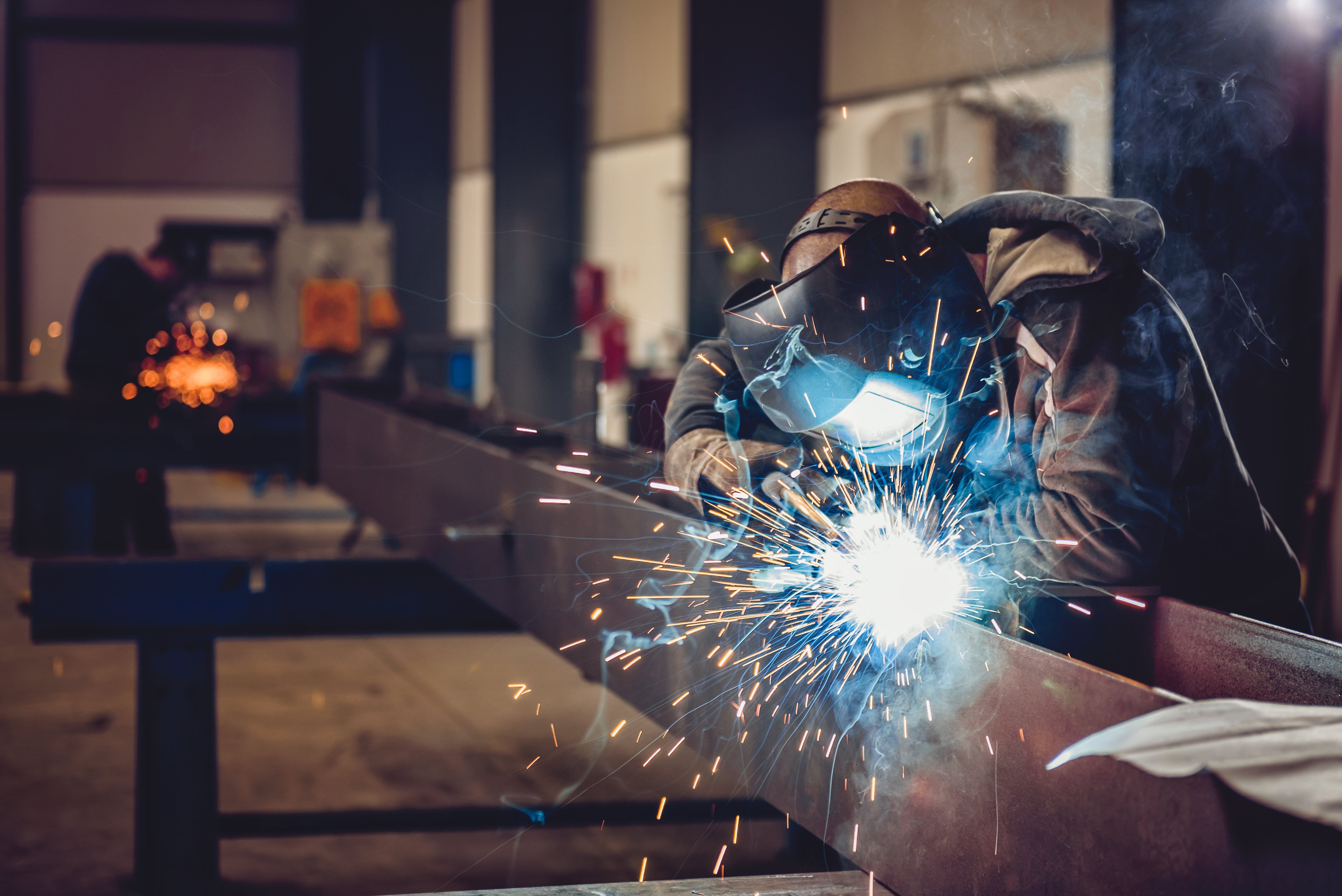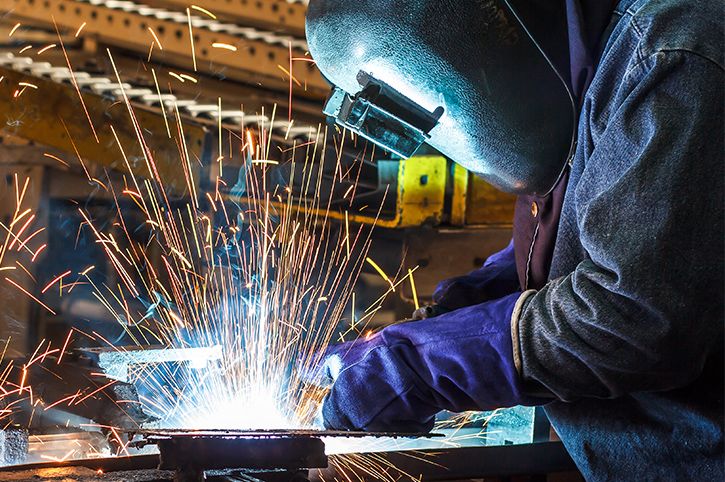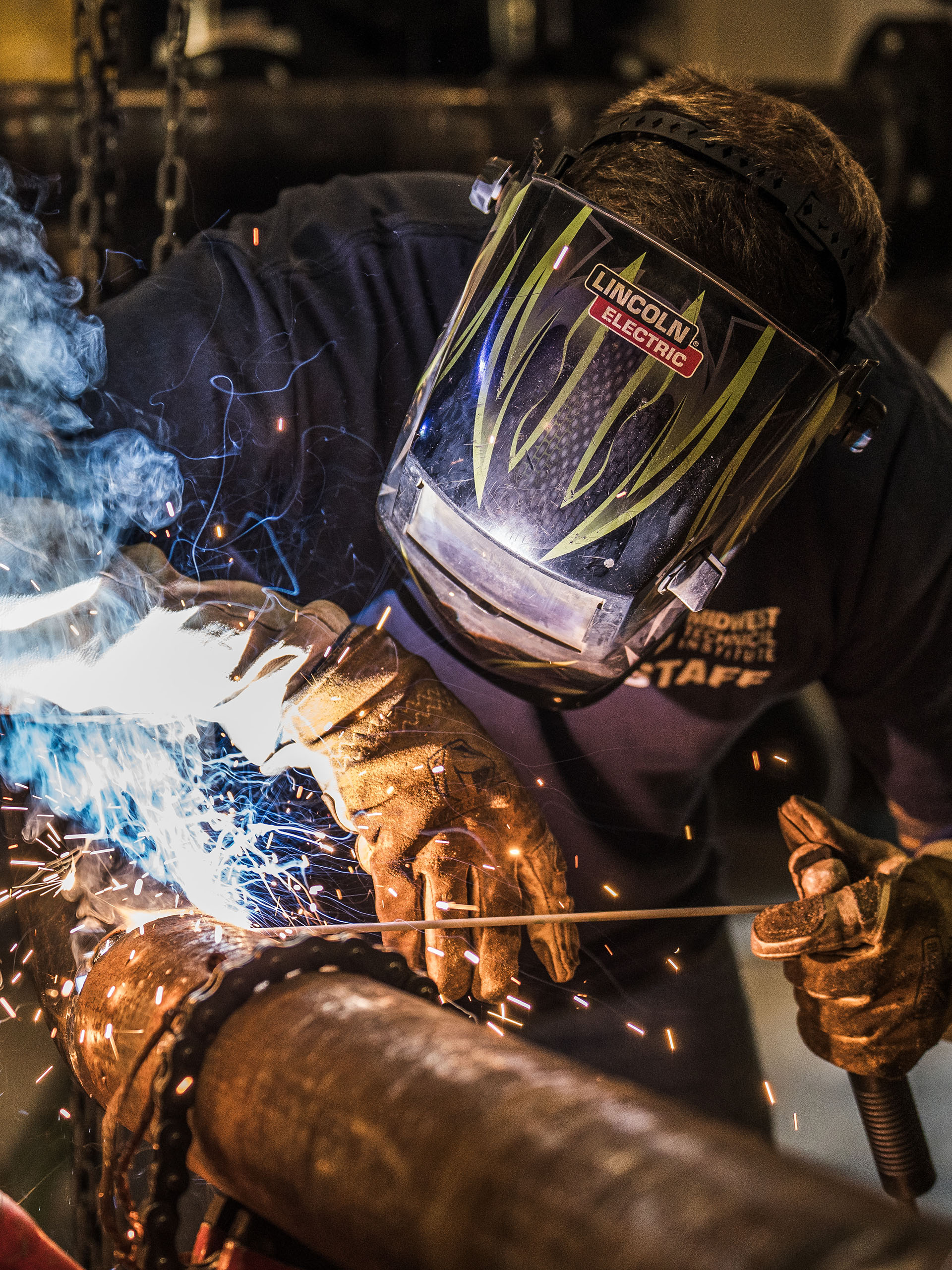Common Welding Repair Issues and How to Address Them Successfully
Welding repair work commonly encounter a variety of issues that can threaten the stability of the final product. Typical troubles consist of poor infiltration, porosity, and imbalance, among others. Each issue provides unique difficulties that require certain techniques for resolution. Comprehending these concerns is crucial for welders aiming to enhance their outcomes and skills. This discussion will discover these common welding repair service problems and efficient methods to resolve them.
Poor Infiltration
Inadequate penetration takes place when the weld metal fails to totally fuse with the base product, resulting in weak joints and potential architectural failings. This issue often originates from insufficient warm input, incorrect electrode angle, or inappropriate welding speed. Welders might experience inadequate infiltration because of a mistake of the required parameters for a details product density or kind. Additionally, contamination on the base material's surface area can prevent effective bonding, intensifying the trouble. To deal with insufficient infiltration, welders need to ensure ideal setups on their equipment and maintain a tidy work surface area. Routine evaluation of welds is advised to determine any kind of deficiencies early, permitting for timely modifications and the prevention of compromised architectural integrity in bonded settings up.
Porosity
Porosity is an usual issue in welded joints that shows up as small gas bubbles entraped within the weld metal. This issue can compromise the stability of the weld, causing lowered toughness and possible failure under tension. Fabrication. Porosity commonly emerges from contamination, dampness, or improper welding strategies, which allow gases to escape into the liquified weld swimming pool. To deal with porosity, welders need to assure proper surface area preparation, preserve a clean functioning setting, and use appropriate welding criteria. Furthermore, choosing the best filler material and protecting gas can mitigate gas entrapment. Normal assessment and screening of welds can assist recognize porosity early, guaranteeing timely rehabilitative actions are taken, consequently protecting the high quality and integrity of the bonded framework
Misalignment
Imbalance in welding can develop from different variables, consisting of incorrect arrangement and thermal growth. Recognizing the origin is vital for efficient resolution. A number of correction strategies are readily available to straighten parts and assure structural honesty.
Reasons for Misalignment
Welding misalignment often comes from a variety of underlying issues that can jeopardize architectural integrity. One primary reason is inappropriate fit-up of elements before welding, which can bring about voids and irregular surfaces. Variants in thermal expansion throughout the welding process can likewise lead to distortion, specifically if the products being signed up with have different coefficients of expansion. Additionally, inadequate securing and fixturing may fall short to hold elements firmly in position, causing activity throughout welding. Inadequately kept tools, consisting of welding equipments and devices, might present disparities in the weld bead, more adding to imbalance. Driver mistake, stemming from not enough training or experience, can likewise play a substantial role in creating misaligned welds.

Adjustment Methods Offered
Dealing with misalignment efficiently requires a combination of restorative methods customized to the certain issues available. One usual method is using fixtures or jigs to hold parts in the right placement throughout welding, guaranteeing consistent positioning. Additionally, preheating the products can help decrease distortion and enhance fit-up. For considerable imbalance, mechanical realignment techniques, such as utilizing hydraulic jacks or clamps, can be employed to remedy the placement before welding. Post-weld warm therapy may also be needed to alleviate stresses brought on by imbalance. Mindful inspection and adjustment during the configuration stage can avoid misalignment issues from ending up being significant troubles, advertising a smoother welding procedure and enhancing overall architectural integrity.
Distortion
Distortion is an usual difficulty in welding that can emerge from various aspects, including irregular home heating and cooling. Understanding the reasons of distortion is important for implementing efficient avoidance strategies. Addressing this concern not just improves architectural integrity but likewise improves the general top quality of the weld.
Causes of Distortion
When based on the extreme warmth of welding, materials often go through changes that can result in distortion. This phenomenon primarily emerges from thermal growth and contraction throughout the welding procedure. As the weld location warms up, the product increases; upon cooling, it acquires, which can create internal anxieties. On top of that, uneven heating across a workpiece can worsen these stress and anxieties, resulting in bending or bending. The sort of product also plays a significant role; steels with varying thermal conductivity and coefficients of development may respond in different ways, bring about unpredictable distortions. Poor joint layout and insufficient fixturing can add to misalignment during welding, boosting the chance of distortion. Comprehending these reasons is necessary for effective welding repair service and prevention techniques.
Prevention Techniques
Effective prevention techniques for distortion during welding focus on managing warmth input and ensuring proper joint style. Preserving a regular heat input assists to decrease thermal growth and contraction, which can cause distortion. Utilizing strategies such as preheating the workpiece can also decrease the temperature level slope, advertising consistent home heating. In addition, selecting appropriate joint designs, such as T-joints or lap joints, can boost security and lower tension concentrations. Executing correct fixturing to safeguard the work surfaces in position additionally help in maintaining positioning during the welding procedure. Ultimately, staggered welding sequences can distribute heat extra equally, protecting against localized distortion. By applying these strategies, welders can considerably lower the probability of distortion and enhance the total top quality of their welds.
Cracking
Fracturing is a common problem encountered in welding repairs, usually resulting from various factors such as inappropriate air conditioning rates, material choice, or insufficient joint prep work. The autogenous welding incident of cracks can substantially compromise the integrity of the weld, leading to prospective failings during procedure. To resolve this problem, welders need to initially assess the source, making sure that products are compatible and suitably selected for the certain application. Additionally, managing the cooling rate throughout the welding process is important; fast cooling can generate tension and result in fracturing. Appropriate joint style and prep work additionally add to minimizing the danger. Executing these techniques can improve weld quality and resilience, ultimately lowering the possibility of splitting in ended up weldments.

Incomplete Fusion
A considerable concern in welding repair services is insufficient combination, which occurs when the weld steel does not appropriately bond with the base product or previous weld passes - Fabrication. This issue can cause weak points in the joint, possibly jeopardizing the honesty of the bonded structure. Variables adding to insufficient blend include inadequate heat input, incorrect welding strategy, and contamination of the surface areas being joined. To resolve this concern properly, welders need to ensure appropriate pre-weld cleansing and surface preparation, as well as adjust their welding parameters to achieve sufficient infiltration and fusion. Regular evaluation during the welding procedure can also help recognize incomplete combination early, allowing for prompt restorative measures to boost the general quality of the weld
Overheating
While welding repair work can enhance architectural integrity, overheating presents a considerable obstacle that can bring about product degradation. Extreme warm throughout welding can change the mechanical properties of metals, causing minimized toughness, boosted brittleness, and warping. This phenomenon is specifically crucial in high-stress applications where architectural dependability is critical. Determining overheating can involve visual examinations for staining or distortion, as well as keeping an eye on temperature during the welding process. To alleviate the risks connected with overheating, welders should utilize proper strategies, such as regulating warm input, adjusting traveling speed, and making use of ideal filler materials. Furthermore, implementing pre- and post-weld warm therapies can help bring back material homes and enhance the total high quality of the repair service, guaranteeing lasting efficiency you could try here and security.
Frequently Asked Concerns
What Are the Common Indicators of a Welding Issue?

Just How Can I Check My Welds for Quality?
To test welds for high quality, one can utilize visual examinations, ultrasonic screening, and radiographic methods. Each strategy guarantees architectural honesty, determines defects, and confirms adherence to specified standards, inevitably enhancing the dependability of the bonded joints.
What Safety and security Safety Measures Should I Take While Welding?
When welding, one ought to prioritize safety and security by putting on suitable personal safety equipment, ensuring correct ventilation, securing flammable materials away, preserving a tidy work area, and recognizing environments to avoid injuries and accidents.
Can I Fix a Weld Without Redoing the Entire Joint?
Repairing a weld without redoing the whole joint is possible, depending upon the damages (Fabrication). Techniques such as additional hints grinding, including filler product, or utilizing a welding process can efficiently deal with specific defects while maintaining the surrounding structure
What Tools Are Vital for Efficient Welding Repair Works?
Vital tools for efficient welding fixings consist of a welding device, cable brush, grinder, safety equipment, clamps, and filler products. Each device plays a crucial role in guaranteeing high quality and security throughout the repair process. Porosity commonly develops from contamination, moisture, or inappropriate welding techniques, which permit gases to run away right into the liquified weld pool. Poorly maintained equipment, including welding devices and devices, may present inconsistencies in the weld grain, more adding to misalignment. When subjected to the extreme heat of welding, materials typically undergo modifications that can lead to distortion. Cracking is a typical problem come across in welding repair services, typically resulting from different variables such as improper cooling prices, material option, or inadequate joint preparation. A significant concern in welding repairs is insufficient combination, which takes place when the weld metal does not adequately bond with the base material or previous weld passes.